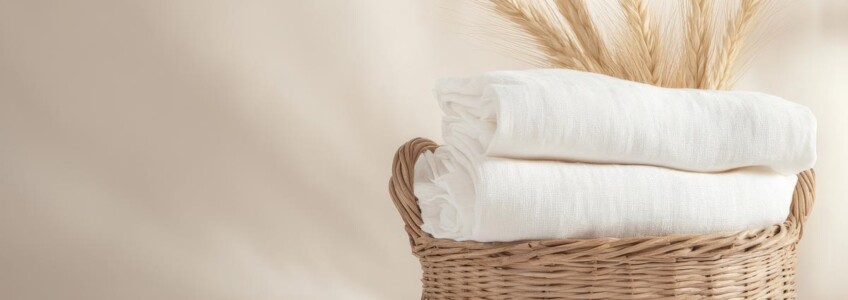Linen is one of the most popular fabrics, appreciated for its natural elegance, resistance and ability to keep cool even on hot days. However, to ensure that it lasts, it is essential to know how to take care of it properly. Washing linen requires some more care than other fabrics. From the great experience in the field of fabrics Cimmino is born this practical guide on how to wash linen, both by hand and in the washing machine, how to avoid folds, shrinkage and how to keep it soft over time.
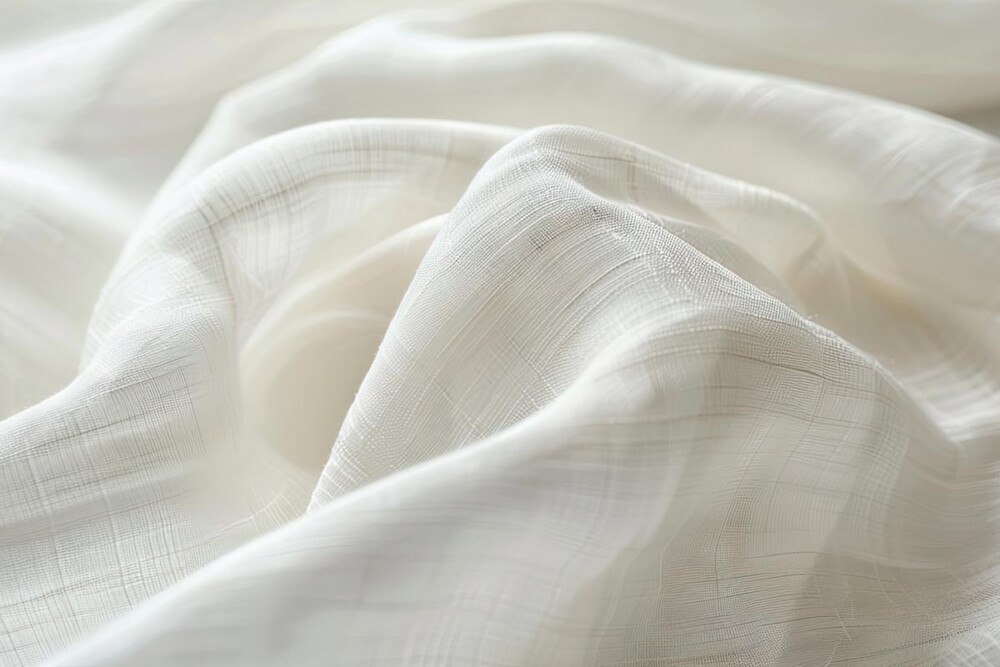
Why linen is a special fabric and how to treat it
Flax is a natural material made from the fibers of the flax plant and has a history of thousands of years. It is renowned for its freshness, breathability and resistance, but also for the delicacy that it requires when washing. Unlike many synthetic fabrics, flax does not tolerate aggressive washes or too strong detergents, which could damage the fibers. It is essential to treat it with care to prevent it from losing its characteristic softness and brightness.
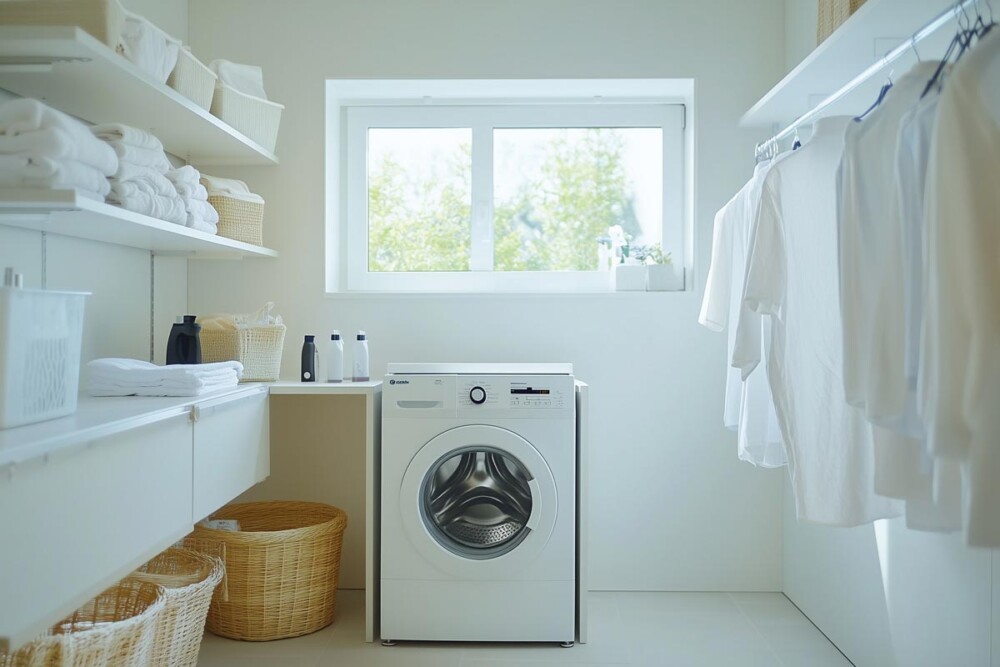
How to wash linen in the washing machine: suitable temperatures and detergents
If you want to wash the linen in the washing machine, know that it is possible, but only following some precautions to avoid damage. First of all, select a gentle cycle, preferably at low temperatures (around 30-40°C), to prevent the fibers from shrinking. Detergents must be specific for delicate or neutral garments: avoid aggressive products or bleach-based, which can discolor the fabric.
To best preserve the quality of your linen, avoid overloading the washing machine basket, which could cause folds that are difficult to remove. In this way, the linen will wash evenly and with less friction, maintaining its original beauty and softness.
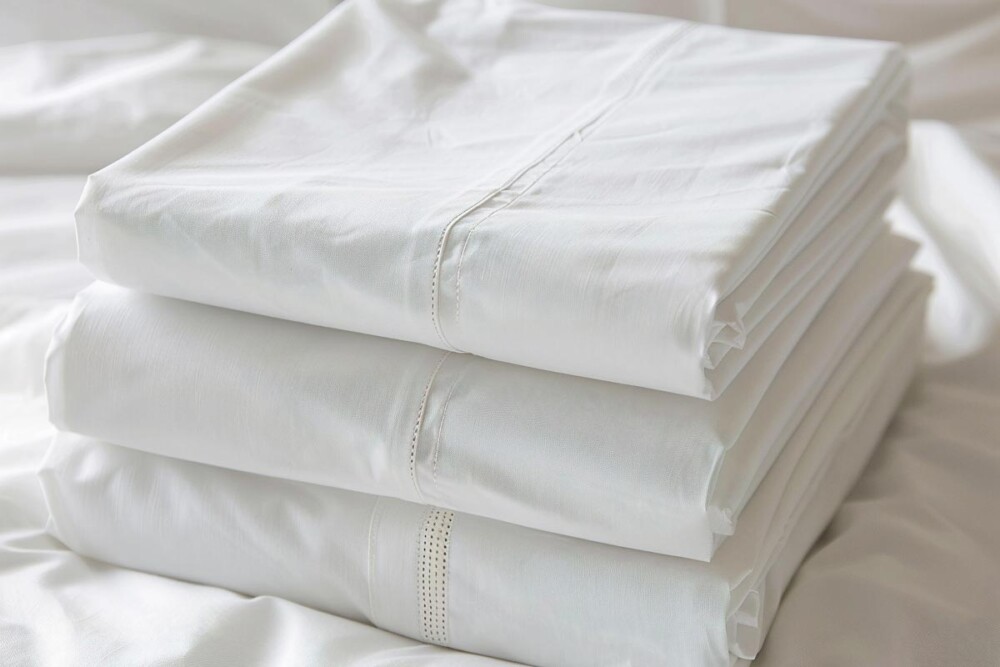
Hand washing of linen: the best choice for delicate fabrics
Hand washing is always the preferred choice for delicate linen, such as embroidered tablecloths or sheets with special details. Filling a basin with warm water and adding a mild detergent is the first step to ensure thorough yet gentle cleaning. Soak for about ten minutes, then rub lightly without twisting to avoid damaging the fibers.
Remember to rinse thoroughly to remove any residue of detergent. Once finished, lightly wring the fabric without overdoing it and proceed with drying, avoiding exposing the linen to direct sunlight that could make it yellow.
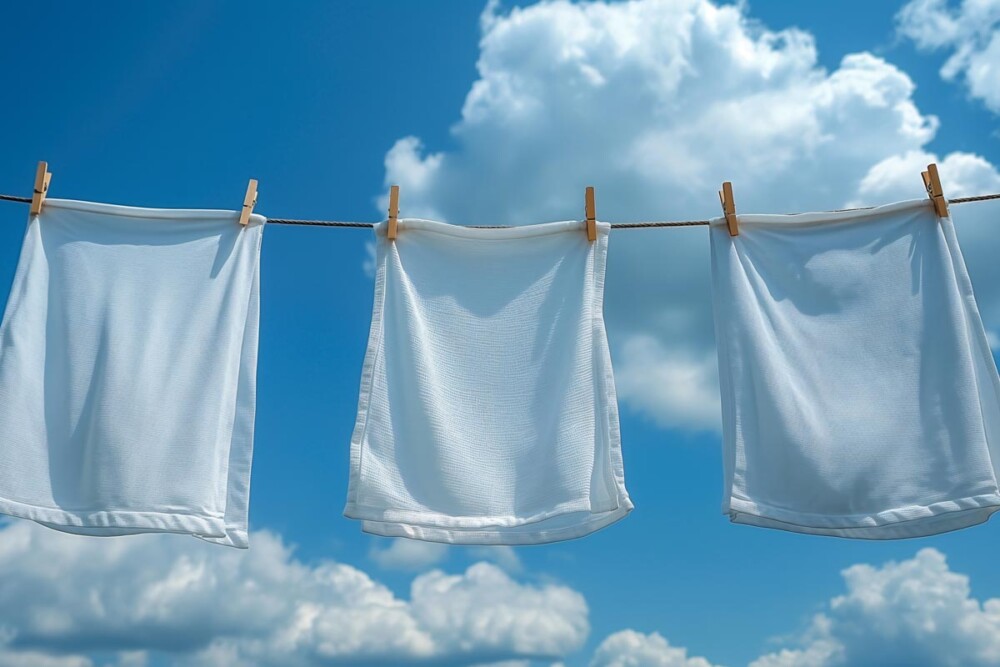
Centrifuging and drying: how to avoid creases and shrinkage
Centrifuging is a delicate step for flax, as it can generate folds that are difficult to remove. If possible, set a low speed (not more than 400 rpm) or, even better, avoid the centrifuge completely and dry the linen in the air. Hang them preferably on a hanger or spread them out horizontally, so as to minimize the formation of folds.
When using the dryer, choose a low temperature program, but keep in mind that linen, in general, dries better in the air, maintaining its softness and natural characteristics.
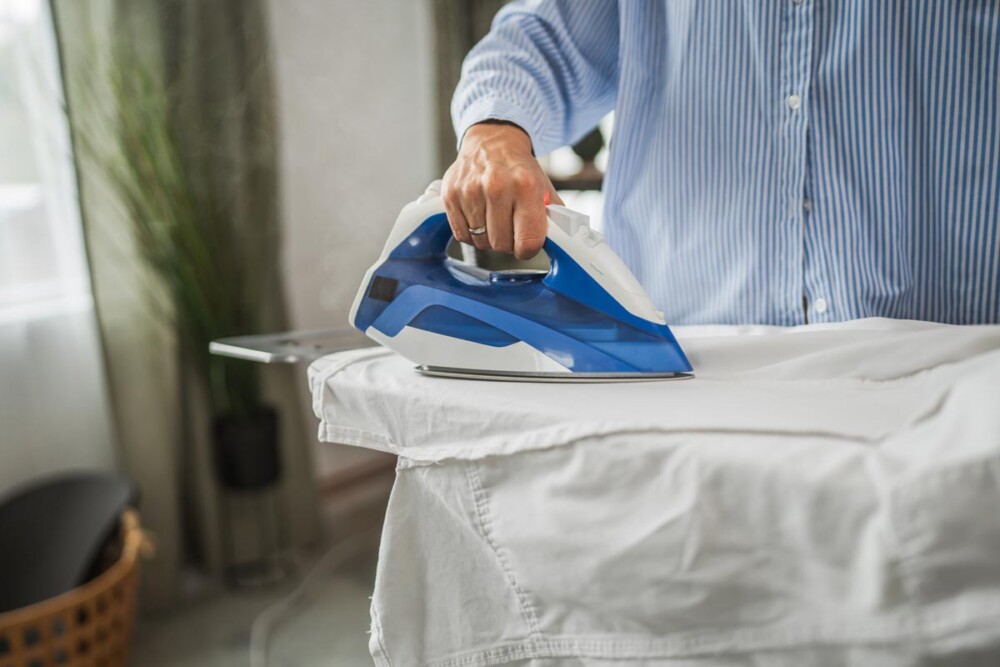
Tips for ironing linen without ruining it
Linen tends to wrinkle, but with some precautions it can be ironed without risking ruining. The ideal way to iron linen is when it is still slightly moist, using a medium-high temperature and preferably a steam iron. If the flax is completely dry, slightly moisten it with a splash of water before ironing. This way, the folds will be more easily relaxed and the result will be flawless.
Avoid ironing too long on the same area to not “polish” the fabric. Ironing linen backwards can also help to keep the fabric’s brightness intact, avoiding annoying halos.
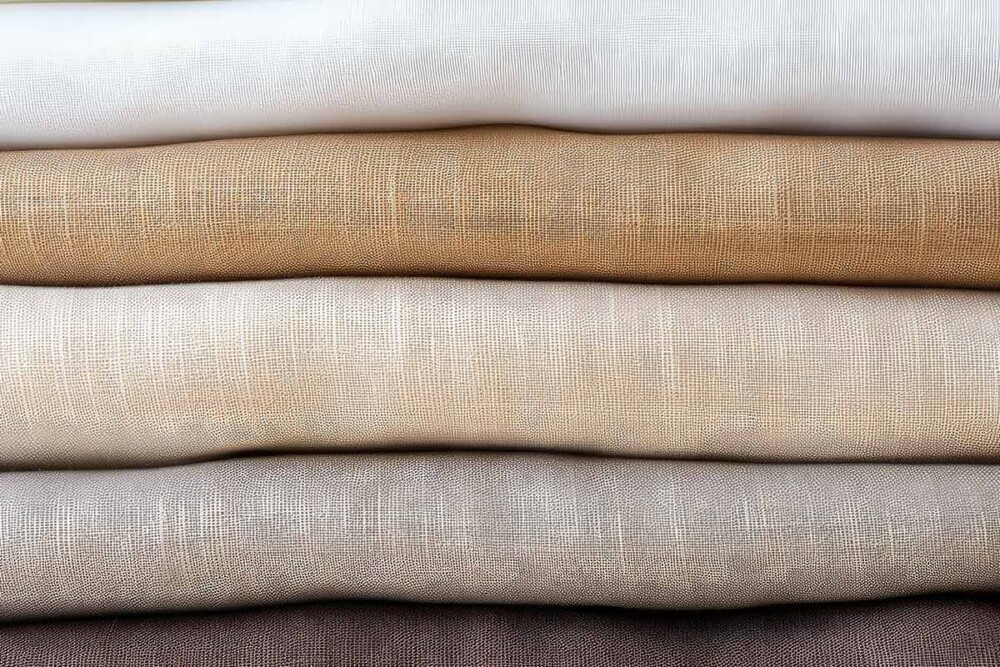
How to treat and remove stains from linen safely
When it comes to stains, flax requires timely and gentle treatment. To remove stains without damaging the fabric, dab them immediately with a damp cloth and some mild detergent. Avoid rubbing hard, as this could spread the stain or damage the fibers.
For more resistant stains, such as wine or oil stains, you can use a special detergent for delicate items or a small amount of bicarbonate diluted in water. Apply the product to the stain and let it sit for a few minutes before rinsing with warm water. Always remember to test on a hidden part of the fabric to avoid any nasty surprises.
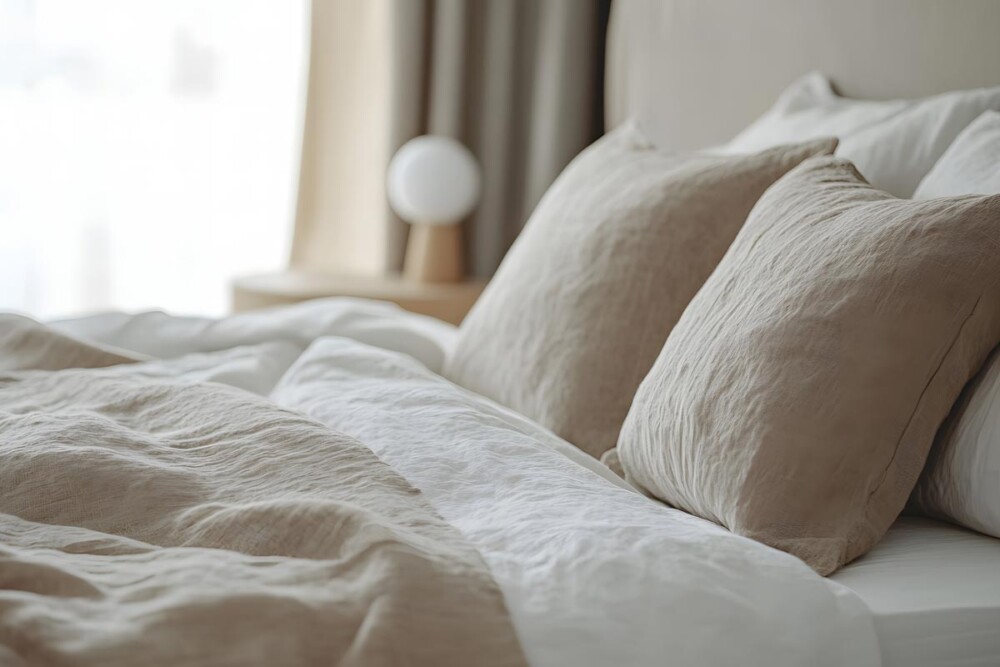
Softening and keeping linen as new: tricks and tips
Flax has the characteristic of becoming softer and more comfortable with time and use, but there are also methods to speed up this process. Adding a little white vinegar to the washing machine is a very effective trick to soften flax without damaging its fibers.
Instead, avoid the excessive use of commercial fabric softeners, as they can leave residue on the fabric, compromising its breathability. The secret is to treat the linen with care and patience: over time, the fabric will become increasingly soft and pleasant to touch.

Following these tips from the B2B wholesale textile experts, it will be possible to take care of high quality linen garments, such as those in the Dolce Lino Made in Italy Cimmino collection, keeping them fresh, durable and beautiful over time. Linen, if treated carefully, can last for years and improve with each wash, giving your environment a touch of natural elegance. Whether you choose to wash it by hand or in the washing machine, remember that each linen garment tells a story: with a little attention, you can preserve its charm forever.



